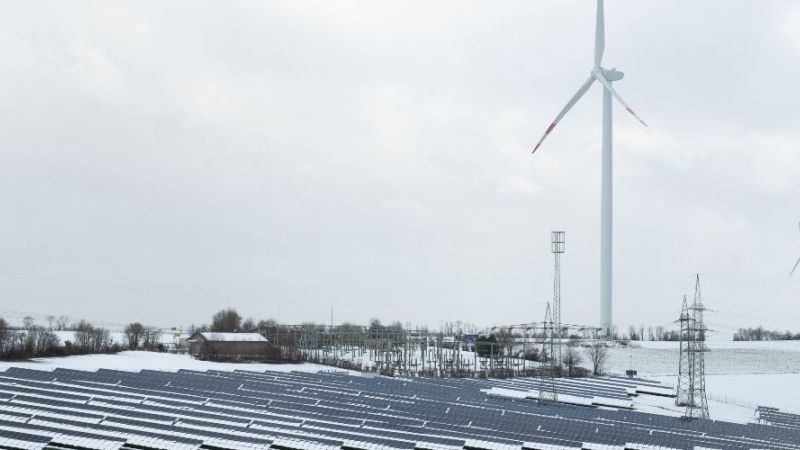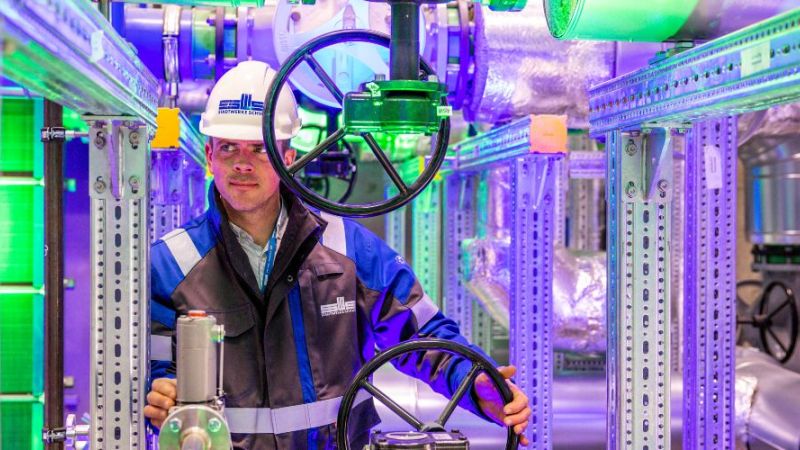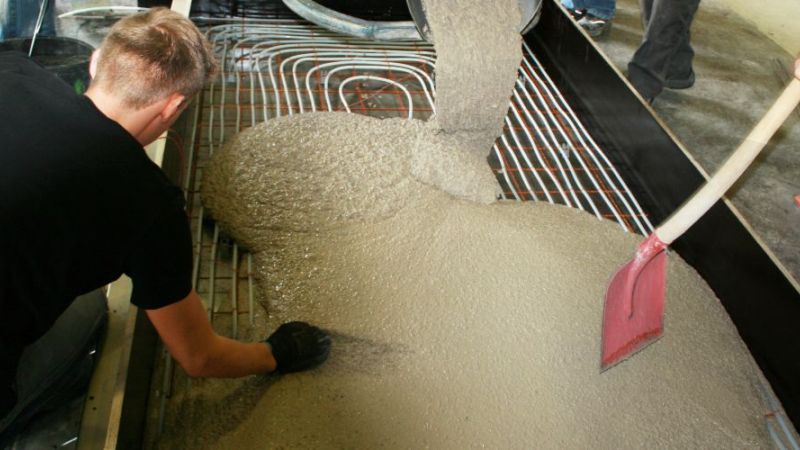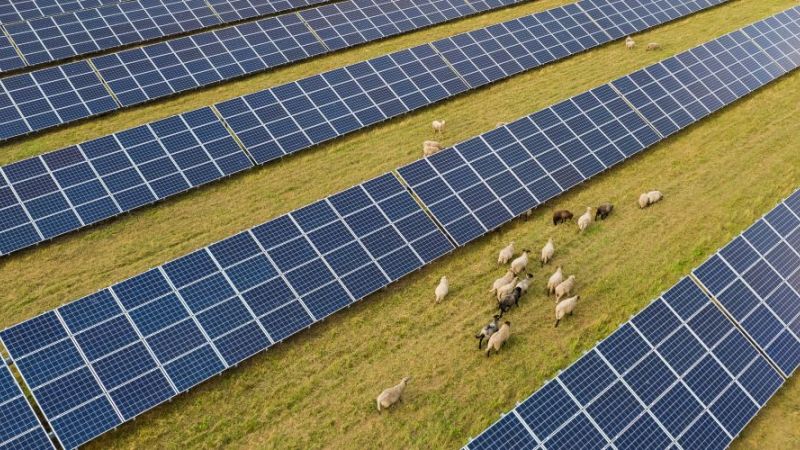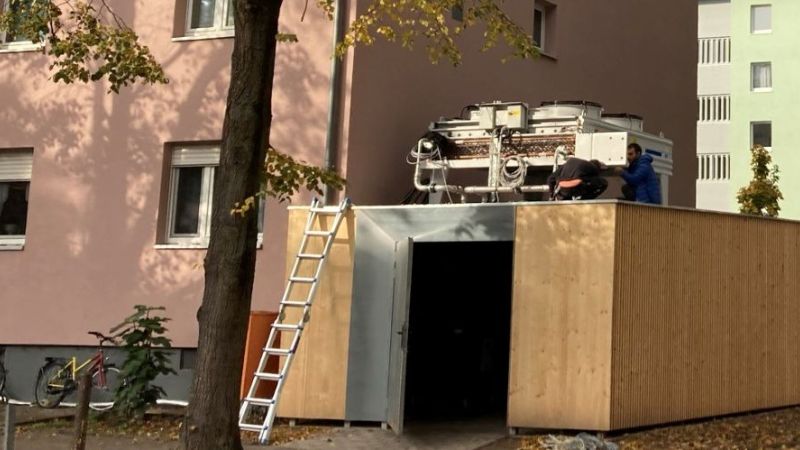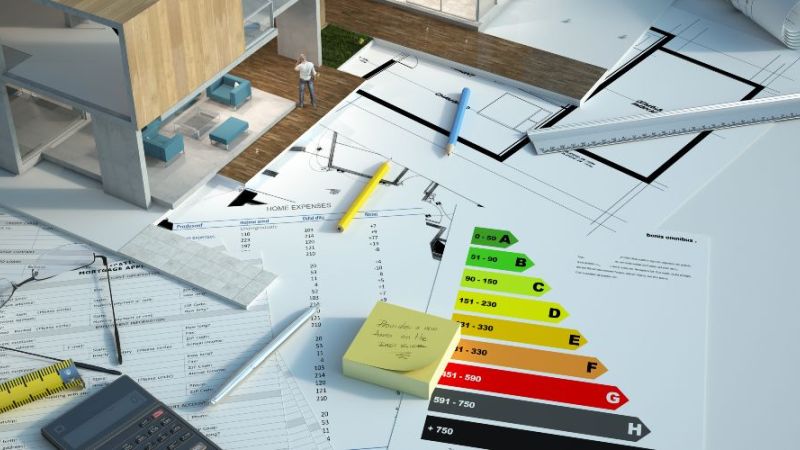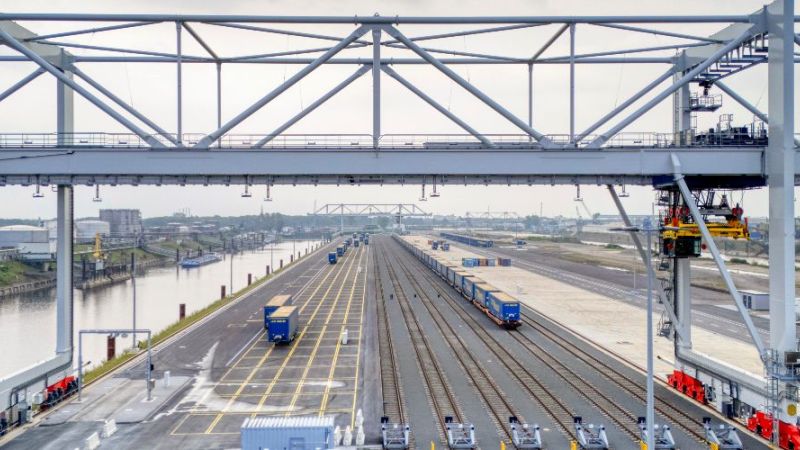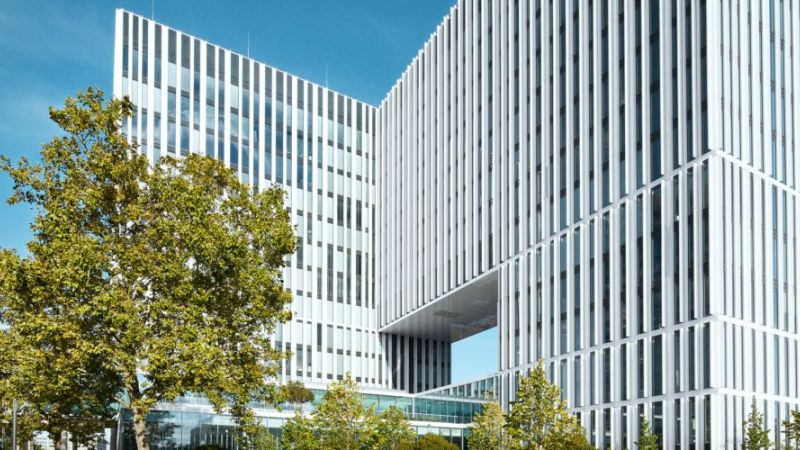 © ILK Dresden gGmbH
© ILK Dresden gGmbH
Heating and ventilation systems
Sensor position affects energy requirements and indoor comfort
How does the sensor arrangement affect the energy requirements for heating and air-conditioning systems? And how can this impact be quantified under differing usage conditions? This research project intends to answer these questions based on coupled system and flow simulations in conjunction with experiments carried out in a climate chamber.
The reason being that sensors are cheap nowadays. This is why they are finding increased application in measurement and control systems as well as building automation. Sensor positioning is usually based on practical considerations or personal experience. However, reliable and accurate recommendations for positioning the sensors are still lacking, although it has long been assumed that the placement of the sensors has a significant impact on both energy requirements and spatial comfort. The aim of this research project is to understand how different sensor positions – with a view to typical room situations – affect energy requirements, thermal comfort and air quality.
Research focus
The investigation is conducted using a combination of experiments in a climate chamber, located at the Institute of Air Handling and Refrigeration (ILK) Dresden, and coupled simulations of buildings, systems and room air flows at TU Dresden. The impact of sensor positioning on the energy requirements of the heating and air-conditioning systems is studied for the climate chamber as a reference space, and for other typical office situations. The simulation models are calibrated with data gained from experiments. It is thereby possible to determine the impact of sensor positioning on indoor environmental conditions and energy requirements. Identical situations are compared by means of simulations in office spaces that differ only in their sensor positioning. In using a coupled simulation, the information chain "Sensor – System – Spatial Constructions – Ambient Air Flow" becomes a closed one. Persons are also taken into account in the analysis.
Successes
With the measurements combined with the numerical simulations, important facts concerning the influence of the positioning of temperature sensors for steady and moderately transient situations were compiled and first recommendations for the best possible placement of the sensors were developed.
The validation of the numerical simulation on the basis of measurements in the climate chamber was an important intermediate step. This is required for further investigations, because only selected cases are reproduced both in measurement and simulation. The investigations – carried out mostly on the basis of numerical simulations – of the behaviour of different physical, system-technical, structural-physical and geometrical variations of office spaces from an energy-related point of view and from the viewpoint of thermal comfort permitted a comprehensive systems comparison and the formulation of further, general recommendations for action.
The first results demonstrate that sensor positioning offers a great potential for energy savings under certain conditions. In a next step, highly transient situations are examined, for example as caused by intermittent use and changes in user requirements or of the load situation as a result of variable heat gains and losses.


